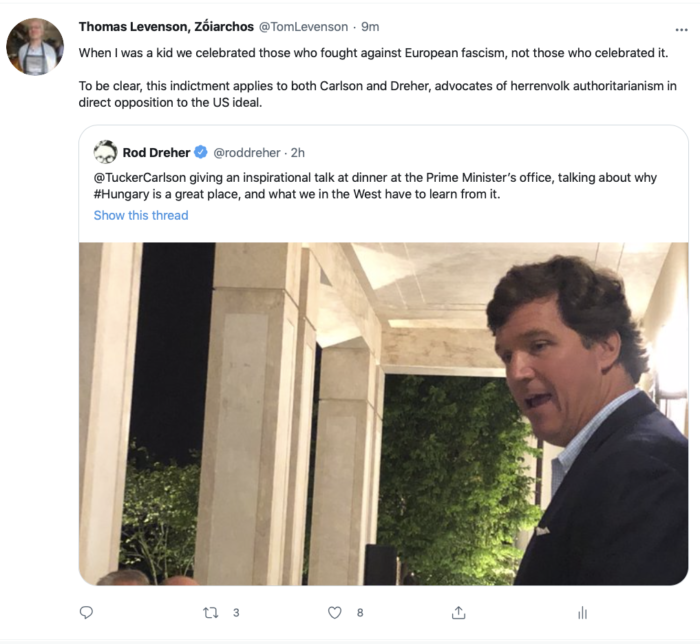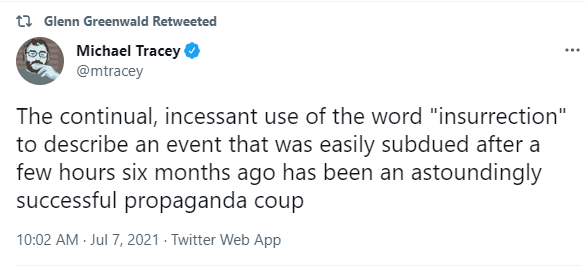Just a quick drive-by to note the Gym Jordan (R-treasonweasel) seems to be heading for the speakership.

At least Josh Marshall thinks so:
Yesterday we noted that the latest GOP Speaker wannabe, Jim Jordan and his allies have shifted to mobilizing base MAGA supporters against the substantial number of holdouts who have either claimed they won’t vote for Jordan on the floor of the House or claim they will never vote for him. This morning Jordan seems to be making substantial headway. One key Republican holdout, Mike Rogers of Indiana, now says he’s on board. So does Ken Calvert, who represents a swing district in California.
…
Late Update: Now another, Ann Wagner (MO), has flipped. The rationale is refusal to be forced to work with Democrats to elect a Speaker. Steve Womack seems to be the only high profile NeverJim who’s holding tough. My assumption now is the Jordan probably wins this. Though we need to see more to know.
This seems pretty disastrous to me. Sure Jordan will heighten the focus on GOP extremism, and that may well help push the House back into D hands beginning in January 2025. But that’s fourteen and a half months away from now, and the country and the world will suffer the effects of a radical-right-led House at a time when so much hangs in the balance.
To sum up my mood…we’re getting closer to an answer to Ben Franklin’s challenge (“A republic, if you can keep it) and it ain’t coming out the way we’d hope.
Melancholy open thread.
Image: John Jacob Audubon, Little American Brown Weasel, between 1845-1848



